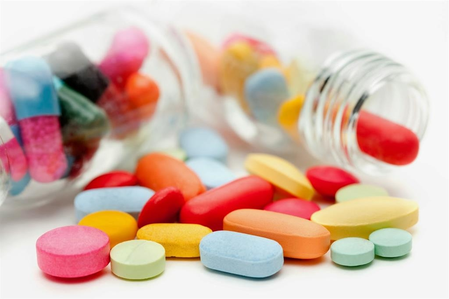New Delhi, 18 May (IANS). The country’s pharma sector has made a new and strong identity globally with being economical, innovative and incarnated in the last 10 years. Jan Aushadhi Yojana and PLI have a significant stake in it. This increase is also expected to continue in the current financial year. Experts at the India Ratings of Fitch Group estimates that in April 2025, the revenue of this sector will be recorded by 7.8 percent on an annual basis due to strong demand and new products.
The Central Government’s letter information office, citing the recently released report of India Ratings in a background released on Sunday, said that the country’s drug industry is third in terms of quantity globally and 14th in terms of value.
The country is the largest supplier of generic drugs. Its stake in global supply is 20 percent. Also, India is a major supplier of affordable vaccines.
The business of this region has increased continuously at the annual rate of more than 10 percent for the last five years to Rs 4,17,345 crore in FY 2023-24.
The government’s smart schemes have become the basis of this success. 15,479 Jan Aushadhi Kendras are being operated under the Prime Minister Bharatiya Jan Aushadhi Project (PMBJP). These centers have generic medicines available at 80 percent lower price than branded drugs.
Under the production -based incentive (PLI) scheme of Rs 15,000 crore for pharmaceuticals, the government is helping 55 projects for the production of other lifestyle medicines including cancer and diabetes in the country. In addition, another PLI scheme worth Rs 6,940 crore focuses on raw materials like Penicillin G, which reduces our need for imports.
PLI with a assistance of Rs 3,420 crore for medical equipment is promoting the production of equipment such as MRI machines and heart transplant.
There is a plan to promote bulk drug parks at a cost of Rs 3,000 crore to build a mega hub in Gujarat, Himachal Pradesh and Andhra Pradesh, so that the production of drugs is cheaper and early. There is a plan of Rs 500 crore for strengthening the pharmaceutical industry (SPI).
In addition, India’s pharma sector supplies 55-60 percent vaccines of UNICEF. It meets WHO’s 99 percent demand for DPT (diphtheria, whooping cough and tetanus) vaccine, 52 percent of BCG and 45 percent of measles.
Bacillus Calmet-Guerin is a vaccine, mainly used for the treatment of TB. Talking about foreign investors, he invested Rs 12,822 crore alone in 2023-24, which shows the growing potential of the country.
The government welcomes 100 percent foreign investment in medical equipment and Greenfield Pharma projects, making India a center of attraction for global companies.
-IANS
SKT/ABM/Ekde
